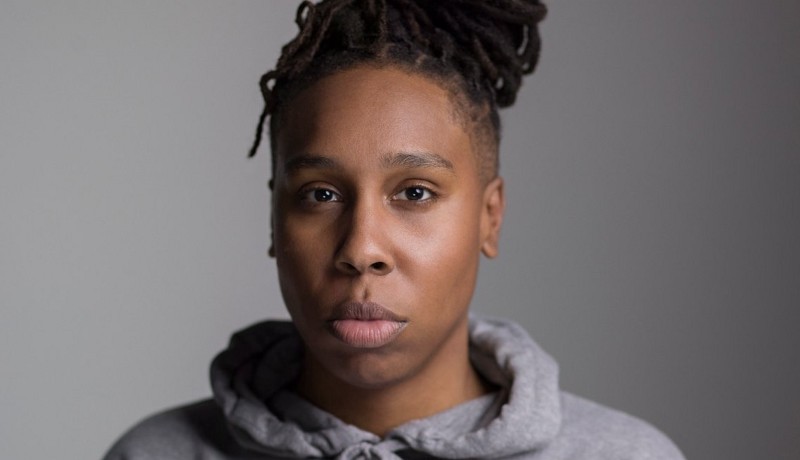The Bechdel Test is a useful but limited tool, a fact many have recognized for years. Created by cartoonist Alison Bechdel and her friend Liz Wallace, the test is often used to determine whether or not a film is female-friendly. The test asks two questions: 1) Does the film include two named female characters? and 2) Do they have at least one conversation together that’s not about a man? The bar is low, but a staggering number of films still fail. The test is really helpful in illustrating just how few — and one-dimensional — female characters there are. As a new post on FiveThirtyEight explains, “the test is punchy and has become pervasive, [yet] it doesn’t address the core inequalities in Hollywood films.” For example, the test doesn’t take race into account, nor does it factor in whether any women worked in key roles behind the scenes of the film. In an effort to fill these gaps, writers Walt Hickey, Ella Koeze, Rachael Dottle, and Gus Wezerek introduce 12 new ways of measuring Hollywood’s gender imbalance in the feature.
In order to come up with these standards, the authors “reached out to more than a dozen women in film and television — writers, directors, actresses, and producers — to ask what they think the next Bechdel Test should be.” And the answers they received “ran the gamut”: while some addressed representation behind the camera, others focused on problems faced by women of color in particular. “Still others concentrated on characterization and story — how women are represented on screen. In the end, we boiled their responses down into 11 tests from our film-industry sources — plus one from our staffers,” they write.
They ran the top 50-grossing films at the domestic box office in 2016 through the new tests. The five highest-scoring films were “Bad Moms,” “Hidden Figures,” “Independence Day: Resurgence,” “Finding Dory,” and “Ghostbusters.” The lowest-scoring films were “The Secret Life of Pets,” “Doctor Strange,” “Deadpool,” “The Legend of Tarzan,” and “The Jungle Book.” “All told, it’s clear after this exercise that Hollywood is failing an entire gender on several fronts,” they conclude.
Here are a few of the tests and how 2016’s highest-grossing films fared under their scrutiny:
- The Rees Davies Test: a movie passes if every department has two or more women. (15 movies passed, 35 failed)
- The Waithe Test: a movie passes if a) There’s a black woman in the work b) She’s in a position of power and c) She’s in a healthy relationship. (Five movies passed, 45 failed)
- The Hagen Test: A movie passes if a) Half of one-scene roles go to women and b) The first crowd scene features at least 50 percent women. (Five movies passed, 45 failed)
For details on all 12 tests — which are named after women in the industry — and more rankings, head over to FiveThirtyEight.






